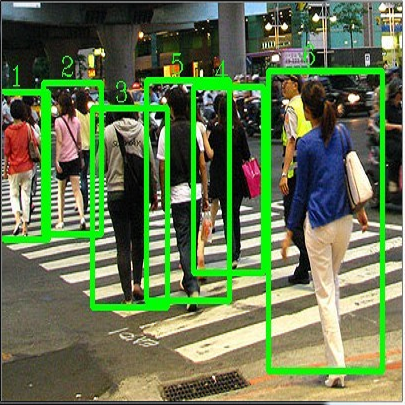Current neural networks-based object detection approaches processing LiDAR point clouds are generally trained from one kind of LiDAR sensors. However, their performances decrease when they are tested with data coming from a different LiDAR sensor than the one used for training, i.e., with a different point cloud resolution. In this paper, R-AGNO-RPN, a region proposal network built on fusion of 3D point clouds and RGB images is proposed for 3D object detection regardless of point cloud resolution. As our approach is designed to be also applied on low point cloud resolutions, the proposed method focuses on object localization instead of estimating refined boxes on reduced data. The resilience to low-resolution point cloud is obtained through image features accurately mapped to Bird's Eye View and a specific data augmentation procedure that improves the contribution of the RGB images. To show the proposed network's ability to deal with different point clouds resolutions, experiments are conducted on both data coming from the KITTI 3D Object Detection and the nuScenes datasets. In addition, to assess its performances, our method is compared to PointPillars, a well-known 3D detection network. Experimental results show that even on point cloud data reduced by $80\%$ of its original points, our method is still able to deliver relevant proposals localization.
翻译:处理LiDAR点云的当前以神经网络为基础的天体探测方法通常从一种LiDAR传感器进行训练,但是,如果用来自不同LIDAR传感器的数据进行测试,其性能会下降,因为测试时使用的是来自不同的LIDAR传感器的数据,即有不同的点云分辨率。在本文中,R-AGNO-RPN是一个基于3D点云和RGB图像的融合的区域建议网络,用于3D点云探测,而不论点云分辨率如何。由于我们的方法的设计也适用于低点云分辨率,因此,拟议方法侧重于目标本地化,而不是估计关于减少数据的精细的框。通过精确绘制到鸟类眼视图像的图像特征和具体的数据增强程序获得低点云的复原力,从而改进了RGB图像的贡献。为了显示拟议的网络处理不同点云分辨率的能力,对来自KITTI 3D点天体探测和nScenes数据集的数据进行了实验。此外,为了评估其性能,我们的方法是将其目标化,而不是估计精细的精细的圆框框。通过精确的图像来获得低的图像,我们原始的三维度检测结果。







































